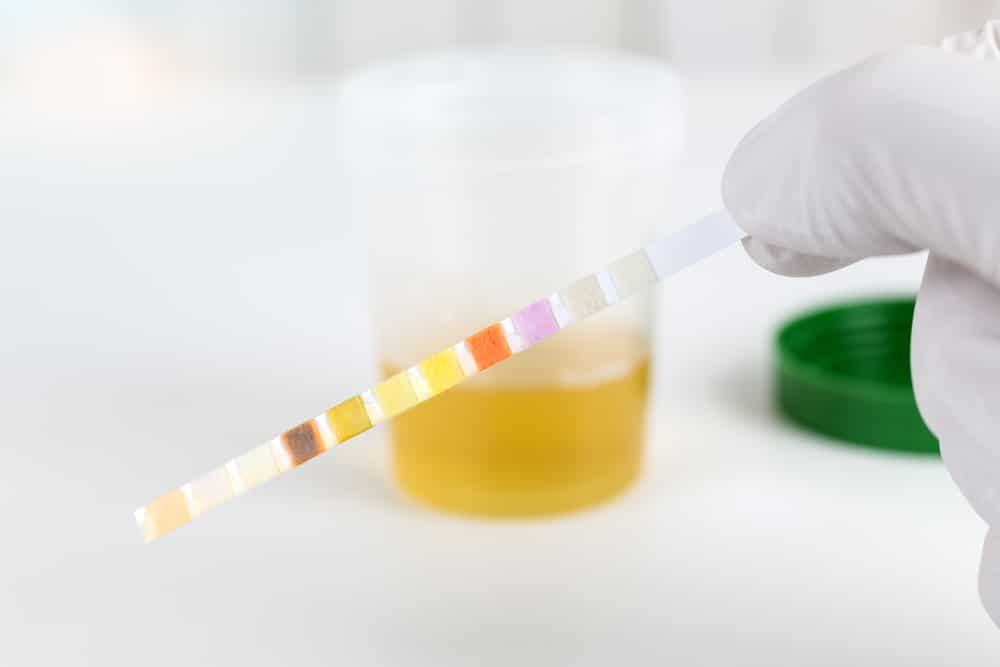75% of our bodies consist of fluids. It starts off at 95% when we are born, when we die it lowers down to 65%. Dehydration means aging and if you want to avoid wrinkling like raisins, you need to make a habit of drinking enough water during the day every day to keep the level at 75%, not to mention other serious issues dehydration causes in our metabolism.
The Signs of Dehydration
There are some clear signs of dehydration that you can easily identify such as fatigue, dry mouth, intense thirst, urinating less, dry skin, constipation, headache, rapid heart rate and breathing, and darker urine. Severe dehydration is a medical emergency that shares the same symptoms as mild dehydration, so make sure you are extra-careful when it’s scorching hot in the summer and when you have chronic illnesses.
What your urine color says about your health?
A urinalysis is an exam that uses a sample of urine to check for the presence of bacteria and electrolyte loss. The color of your urine can also indicate dehydration when combined with other symptoms. When you’re hydrated, your urine will be a light yellow, close-to-clear color. If you’re getting dehydrated, you’ll notice that your urine is light brown. Depending on what you eat, any medications you’re taking and how much water you drink, urine colors can vary. It always helps to reflect on your diet, as different pigments in food you eat or medication that you take can be carried through your digestive tract and change the color of your urine. Many of these colors fall on the spectrum of what “normal” urine can look like, but sometimes your urine color can be a sign of a health condition that you need to address. Clear pee indicates that you’re drinking more than the daily recommended amount of water. The urochrome pigment that’s naturally in your urine becomes more diluted as you drink water as well as indicating toxicity/acidity in your body. Having a lot of B-vitamins in your bloodstream can cause urine to appear bright yellow. Your urine may look red or pink when you eat fruits with naturally deep pink coloring such as beets and blueberries. However, some health conditions can cause blood to appear in your urine such as enlarged prostate, kidney stones or tumors in bladder and kidney. Consult a doctor if you’re ever concerned about blood in your urine. If your urine appears orange it could be a symptom of dehydration. When accompanied with lightly colored stools, orange pee could mean bile may be getting into your bloodstream. In most cases, urine that’s dark brown indicates dehydration. Dark brown urine can also be a side effect of certain medications. Eating large amounts of rhubarb, aloe or fava beans can cause dark brown urine. Dark brown urine can also be an indicator of liver disease as it can be caused by bile getting into your urine. Dehydration occurs when you’re not getting enough fluids. Whether it’s from exercising, hot weather, or an illness, dehydration can quickly become dangerous. You can help prevent dehydration by drinking plenty of water throughout the day and taking electrolytes if you start seeing early signs of fluid loss.
How much water is enough water?
As a rule of thumb, aim to drink 30 ml of water per body mass in kg every day. For example if you weigh 70 kg, you need to drink 70x30ml= 2.1 liters of water. Don’t forget to hydrate yourself like a plant!



Recent Comments